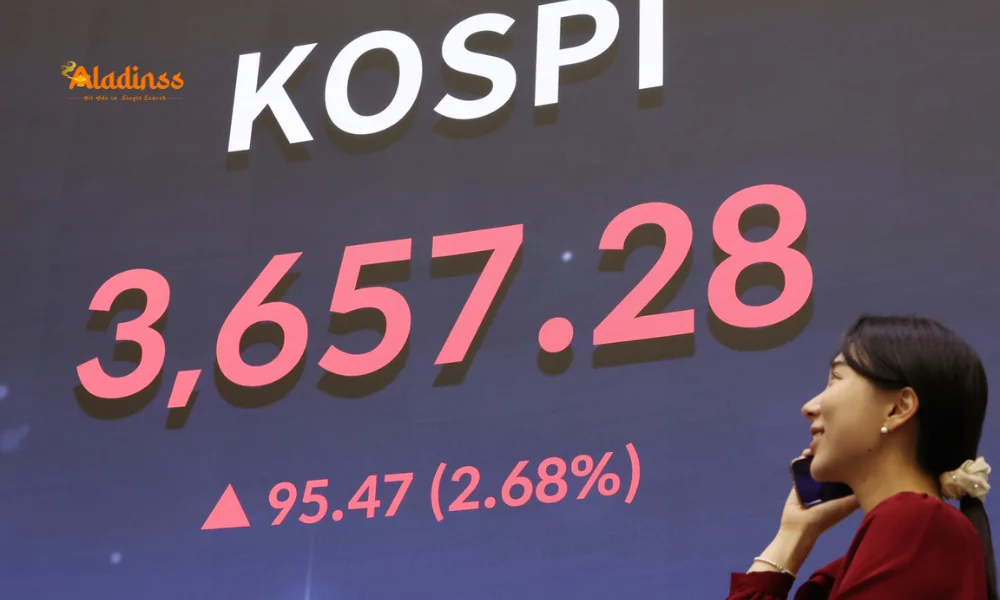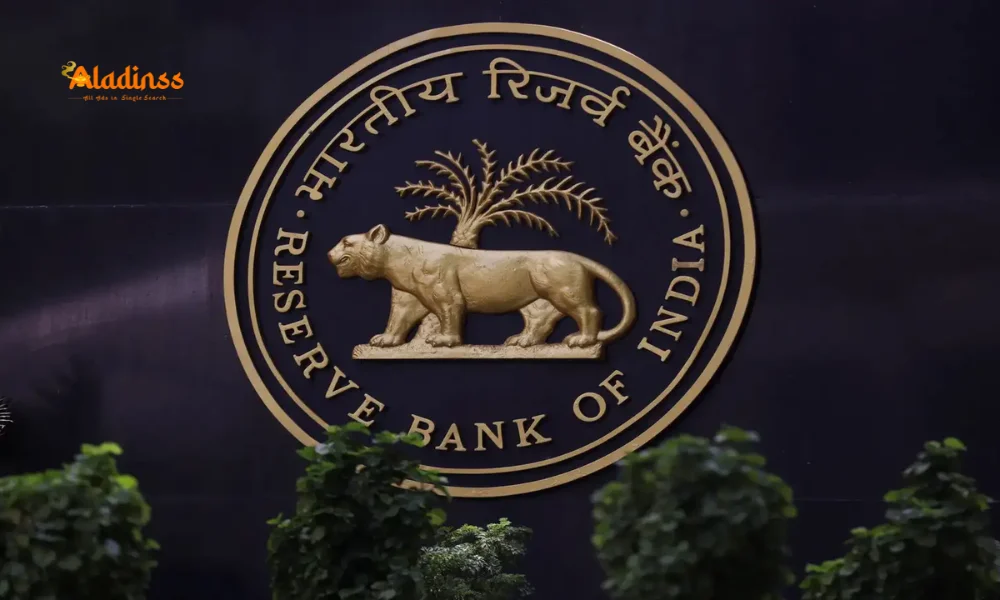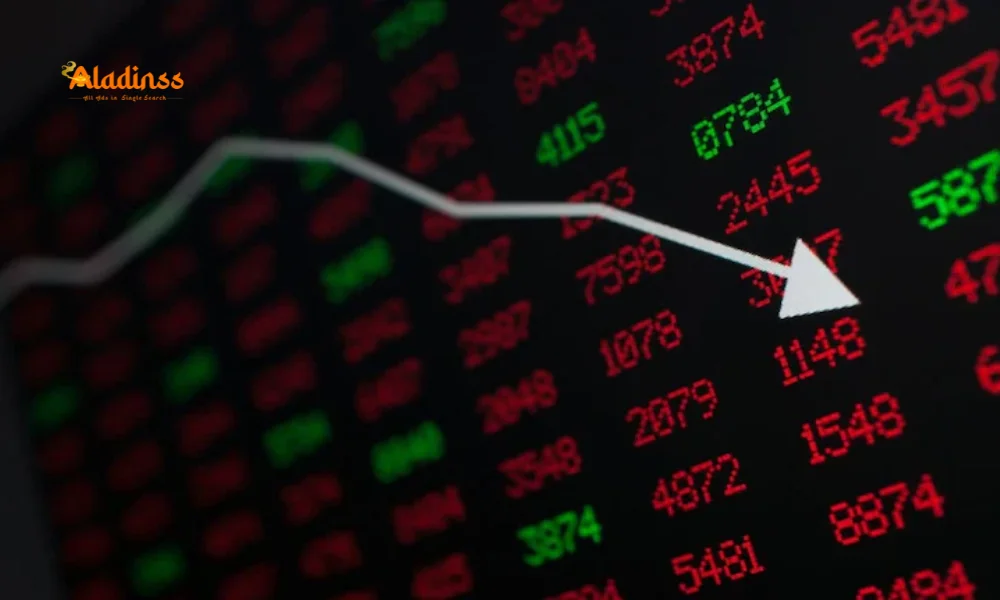Japanese Stocks Soar on Strong Stimulus Hopes Market Rally Explained
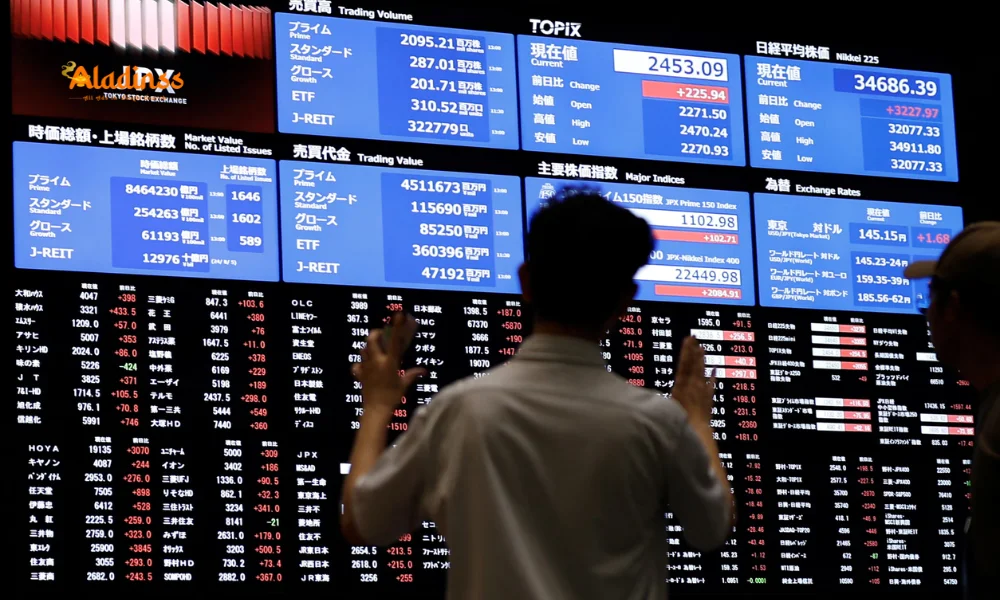
Japanese Stocks Hit Record High on Stimulus News
On October 22, 2025, Japan’s Topix index soared to an all-time high, closing at 3,266.43, fueled by reports of a robust government stimulus package aimed at combating inflation. The Japanese stock market rallied, with the Topix also reaching an intraday peak of 3,274.94. The Nikkei, however, ended slightly lower at 49,307.79, just missing a new record close. This surge reflects optimism surrounding Prime Minister Sanae Takaichi’s economic policies, which promise significant support for households. Investors are also encouraged by Japan’s focus on structural reforms and corporate governance.
The market’s positive response comes amid easing fiscal concerns, with Japanese government bond yields slightly declining. This article explores the factors driving the record-breaking performance, key market movements, and the broader economic implications for Japan.
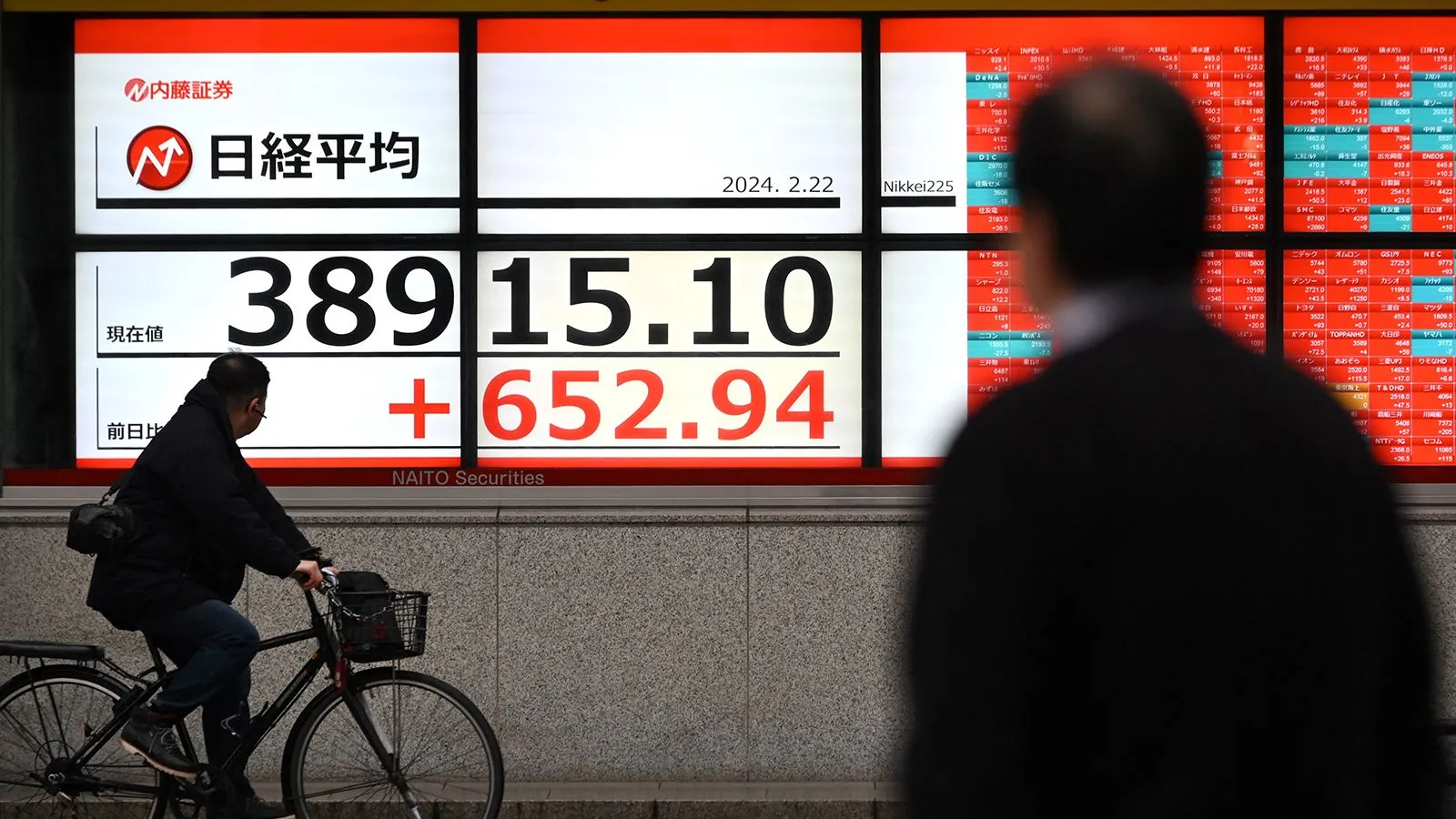
Topix Reaches Historic Milestone
The Topix index’s record close at 3,266.43 marks a significant achievement for the Japanese stock market. The index also hit an all-time intraday high of 3,274.94, reflecting strong investor confidence. This rally was spurred by a Reuters report indicating that Prime Minister Sanae Takaichi is preparing a stimulus package exceeding last year’s 13.9 trillion yen, aimed at supporting households against rising inflation.
The stimulus news offset early selling pressure, as investors initially locked in profits after a 3.6% Nikkei rally over the prior two sessions. The Topix’s performance underscores Japan’s growing appeal to global investors seeking opportunities beyond pricier U.S. and European markets.
Nikkei’s Near-Record Performance
While the Nikkei fell just short of a new record close, ending at 49,307.79, it demonstrated resilience by recovering from a 1.4% drop earlier in the session. The index briefly rose 0.3% following the stimulus report, reflecting market optimism about Japan’s economic policies. The Nikkei’s performance follows its all-time intraday high of 49,945.95 on October 21, 2025, driven by investor enthusiasm for Takaichi’s reflationary agenda.
The Nikkei’s ability to rebound highlights the market’s sensitivity to policy developments, with investors closely monitoring the government’s next steps in implementing the stimulus package.
Stimulus Package Fuels Optimism
Prime Minister Sanae Takaichi, confirmed by parliament on October 21, 2025, is spearheading a stimulus package that could surpass last year’s 13.9 trillion yen. The package, expected to be finalized by November, includes measures to help households cope with inflation, a pressing issue in Japan’s economy. Government sources indicate that the package aims to balance economic growth with fiscal responsibility, addressing concerns about debt sustainability.
Takaichi’s appointment, backed by the Japan Innovation Party, has bolstered investor confidence, as her policies emphasize structural reforms and corporate governance improvements, potentially doubling the projected price-to-earnings ratios for the Nikkei and Topix, according to Morgan Stanley MUFG Securities.
Bond Market Response and Yield Movements
Japanese government bonds saw a slight uptick, with yields edging lower as fiscal concerns eased. The 10-year Japanese government bond yield dropped 0.5 basis points to 1.65%, remaining within a tight range. The 30-year yield fell 1 basis point to 3.115%, down from a peak of 3.345% earlier in October when fiscal worries were heightened. The 20-year yield also declined 0.5 basis points to 2.63%, while the two- and five-year yields each fell 1 basis point to 0.925% and 1.215%, respectively.
Takaichi’s commitment to a “responsible proactive fiscal policy” has reassured bond investors, reducing fears of unchecked spending and supporting market stability.
Global Investor Interest in Japan
Japan’s stock and bond markets are attracting renewed interest from global money managers, drawn by Takaichi’s reflationary policies and opportunities to diversify from more expensive Western markets. The promise of structural reforms and corporate governance enhancements has positioned Japan as a compelling investment destination in 2025.
The Topix’s record performance and the Nikkei’s near-record close reflect this growing confidence, with investors betting on Japan’s ability to sustain economic growth while addressing inflationary pressures.
Takaichi’s Economic Vision
Sanae Takaichi’s appointment as prime minister signals a focus on structural reform and economic revitalization. Her policies aim to address long-standing issues such as deflation and stagnant growth, with the stimulus package serving as a cornerstone of her agenda. By prioritizing household support, Takaichi seeks to boost consumer spending and drive economic activity.
Her alignment with the Japan Innovation Party has strengthened her mandate, enabling her to push for reforms that enhance corporate competitiveness and attract foreign investment. These efforts are expected to have a lasting impact on Japan’s financial markets.
Market Dynamics and Investor Sentiment
The initial sell-off in the Nikkei, driven by profit-taking after a strong two-day rally, underscores the market’s volatility. However, the quick recovery following the stimulus report highlights the sensitivity of the Japanese stock market to policy developments. Investors are closely watching Takaichi’s government for signs of decisive action on economic challenges.
The Topix’s consistent gains, in contrast to the Nikkei’s slight decline, suggest that investors are favoring a broader range of sectors, including those benefiting from the stimulus package and corporate governance reforms.
Implications for Japan’s Economy
The record highs in the Topix and near-record performance in the Nikkei reflect optimism about Japan’s economic outlook. The stimulus package, combined with Takaichi’s reform agenda, could drive sustained growth in key sectors such as technology, manufacturing, and finance. However, challenges such as global economic uncertainties and inflationary pressures remain.
The government’s ability to balance fiscal responsibility with proactive spending will be critical in maintaining investor confidence and ensuring long-term economic stability.
Bond Market Stability and Fiscal Policy
The slight decline in Japanese government bond yields indicates a stabilization in the bond market, as investors respond positively to Takaichi’s commitment to responsible fiscal policy. Earlier concerns about excessive spending have been mitigated, allowing bond prices to edge higher and yields to moderate.
The 30-year yield’s drop from its October peak of 3.345% to 3.115% reflects a calming of fiscal fears, while the tight range of the 10-year yield suggests market confidence in Japan’s debt management strategy.
Future Market Expectations
As Japan prepares for the Asia-Pacific summit in November 2025, the announcement of the stimulus package could further boost market sentiment. Investors are optimistic that Takaichi’s policies will enhance corporate profitability and attract more global capital to Japan’s markets.
However, global economic headwinds, including potential shifts in U.S. and European monetary policies, could impact Japan’s markets. Investors should remain vigilant, monitoring both domestic policy developments and international trends to navigate potential volatility.
Comment / Reply From
No comments yet. Be the first to comment!

